Tart fruits are fruits that have a sharp, sour, or acidic taste, often due to high levels of natural acids like citric acid, malic acid, or ascorbic acid (vitamin C). This tangy flavor gives them a refreshing bite and makes them popular in cooking, baking, and preserves where a balance of sweet and sour is desired.
1. Cranberries
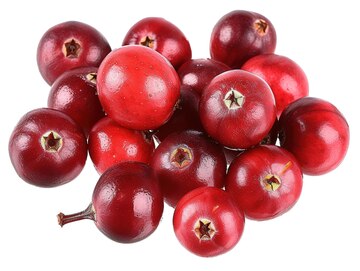
Cranberries are small, deep-red berries known for their intense tartness and astringency. They’re rarely eaten raw due to their sharp flavor but are widely used in sauces, juices, and baked goods once sweetened. Rich in antioxidants, they’re especially popular during the fall and holiday seasons.
2. Gooseberries
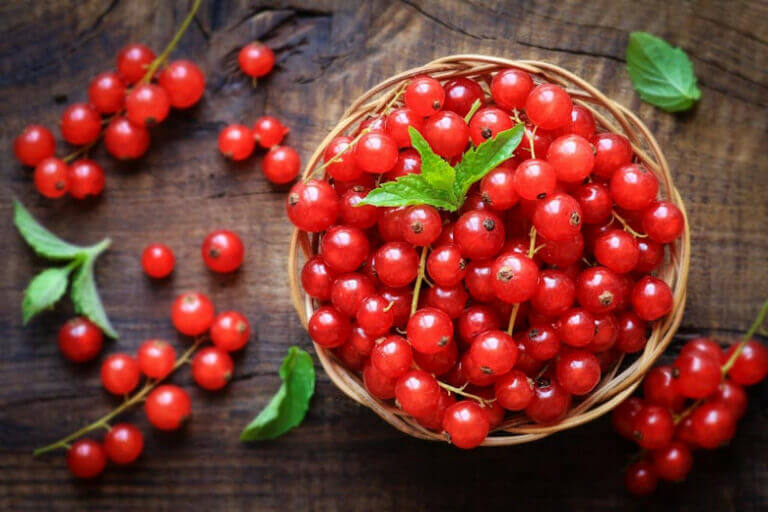
Gooseberries range in color from pale green to deep red and are naturally tart, especially when underripe. Their zesty bite makes them perfect for pies, jams, and compotes. When fully ripe, they develop a balance of sweet and sour that’s loved in both sweet and savory dishes.
3. Sour Cherries (e.g. Montmorency)
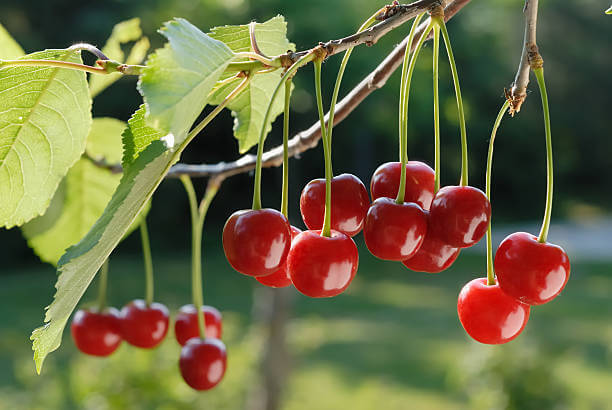
Sour cherries are smaller and brighter than sweet cherries, with a distinctly tangy flavor. They are commonly used in pies, jams, and preserves due to their vibrant, sharp taste. Rich in antioxidants and melatonin, they’re also enjoyed as juice or dried snacks.
4. Lemons
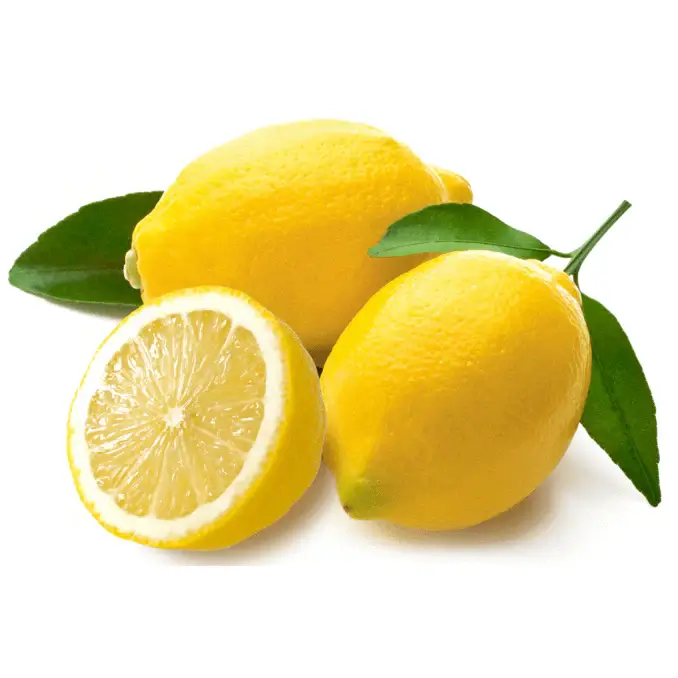
Lemons are one of the most iconic tart fruits, known for their high acidity and vibrant citrus aroma. The juice and zest are used to brighten dishes, from desserts to marinades. Although rarely eaten alone, their sour punch is essential in cooking and baking worldwide.
5. Limes
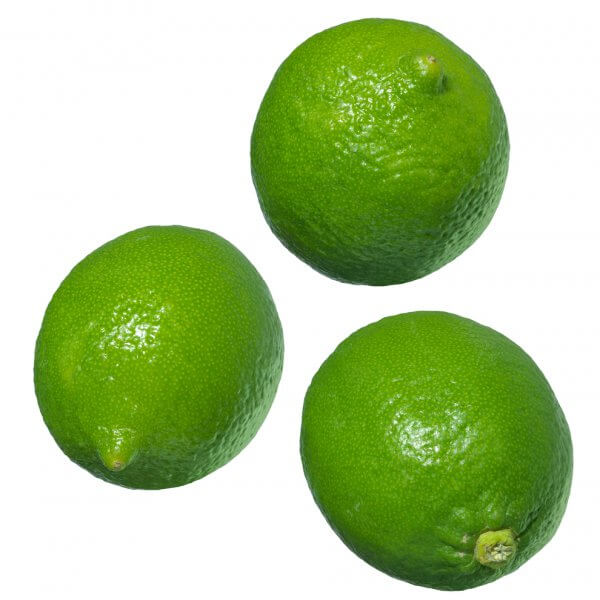
Limes are small green citrus fruits with a refreshing, sharply tart flavor and fragrant oils. Used in countless global cuisines, they enhance both sweet and savory dishes, as well as beverages. Their zingy juice is also key in classic drinks like margaritas and mojitos.
6. Green Apples (Granny Smith)

Granny Smith apples are firm, crisp, and notably tart, making them ideal for baking and salads. Their green skin and bold tang offer a refreshing contrast to sweeter fruits. They also hold their shape well when cooked, making them perfect for pies and crisps.
7. Tamarind
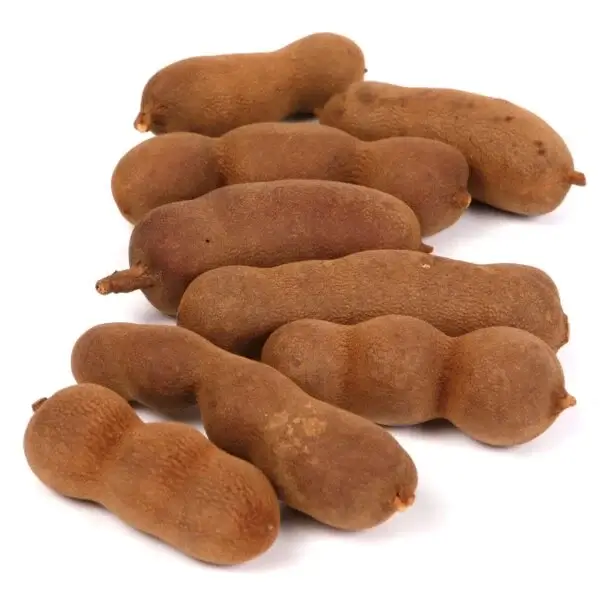
Tamarind is a tropical pod fruit with sticky, dark brown pulp that delivers an intense sweet-sour flavor. Used in Asian, African, and Latin American cuisines, it adds depth to sauces, chutneys, and beverages. Its tanginess comes from natural tartaric acid and is prized for its culinary versatility.
8. Pineapples
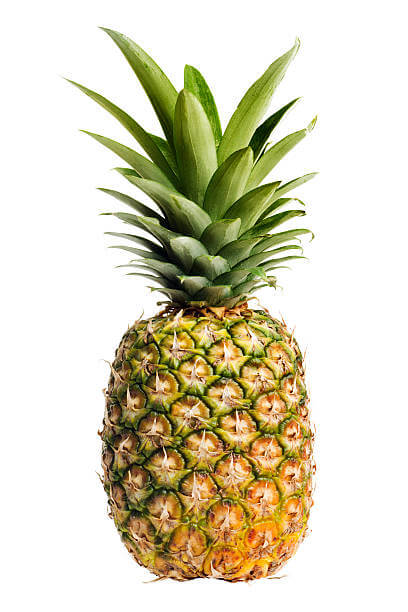
Pineapples are tropical fruits with juicy yellow flesh that’s both sweet and tangy. The acidity gives them their trademark zing, balancing their natural sugars. They’re enjoyed fresh, grilled, juiced, or as a tropical addition to both sweet and savory recipes.
9. Blackcurrants
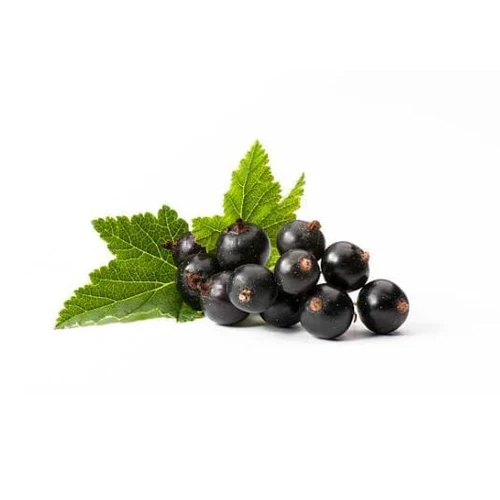
Blackcurrants are small, dark berries with a bold, tart flavor and a slightly earthy aroma. They are commonly used in jams, syrups, cordials, and even savory sauces. Rich in vitamin C and antioxidants, they have a robust, tangy profile that lingers.
10. Redcurrants
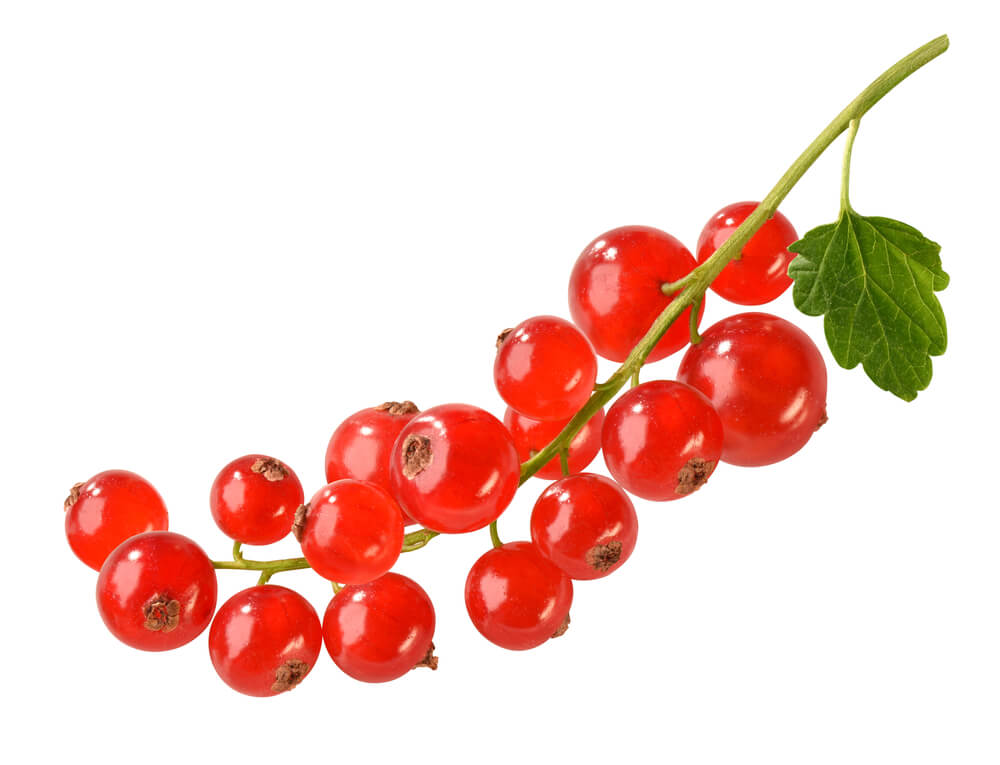
Redcurrants are jewel-like berries that burst with bright, sour juice. Their tangy flavor adds freshness to desserts, jellies, and sauces. Often used as a garnish or in fruit compotes, they’re valued for their vibrant color and acidity.
11. Pomegranate
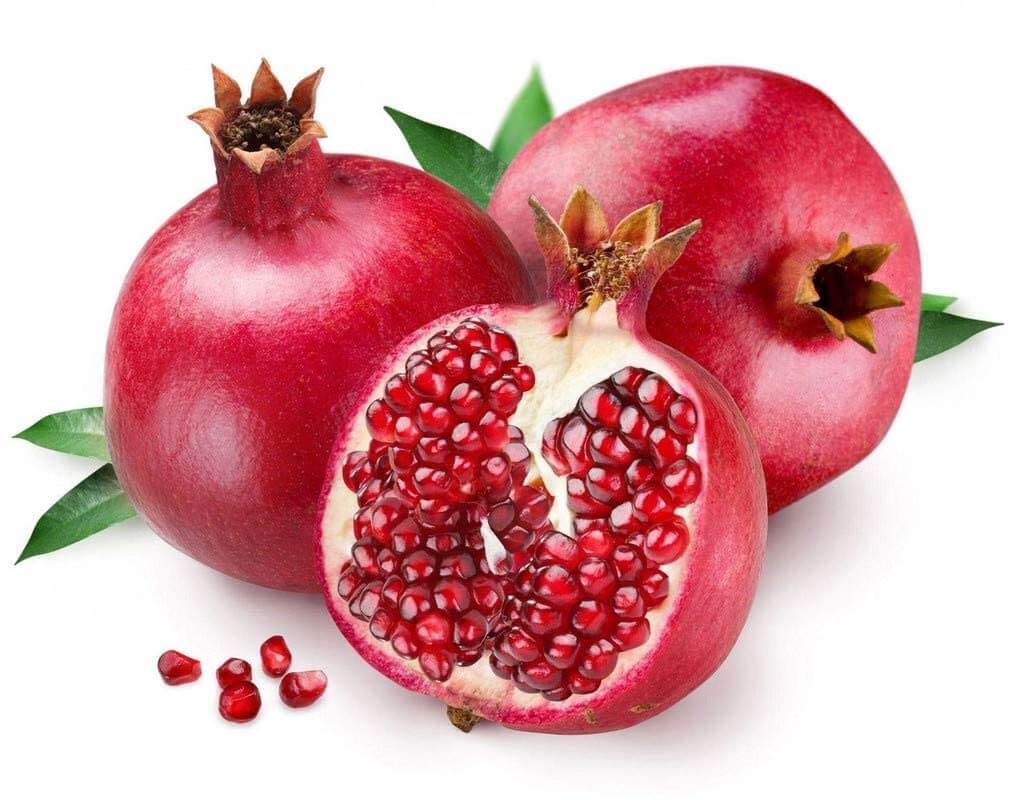
Pomegranates are filled with juicy arils that offer a sweet-tart pop when bitten into. The tartness balances beautifully with sweetness, making them a favorite in salads, desserts, and juices. They also add a touch of brightness and texture to both savory and sweet dishes.
12. Passion Fruit
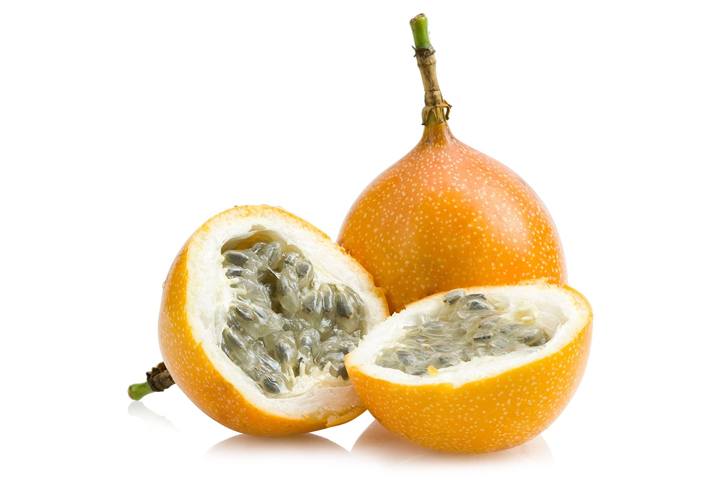
Passion fruit has a tough rind and a seedy, juicy interior bursting with floral, citrusy tartness. Its exotic flavor is both refreshing and slightly tangy, perfect for enhancing desserts, cocktails, and sauces. The bright yellow or purple varieties are both packed with vitamin C and fiber.
13. Unripe Mangoes
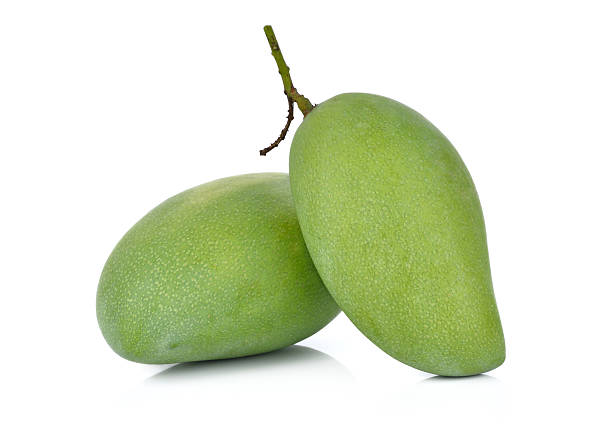
Green or unripe mangoes are firm, fibrous, and extremely tart, with very little sweetness. Commonly used in pickles, salads, and chutneys, they add a bold sour note to many Asian and tropical dishes. When paired with chili and salt, they become a tangy street food favorite.
14. Unripe Plums
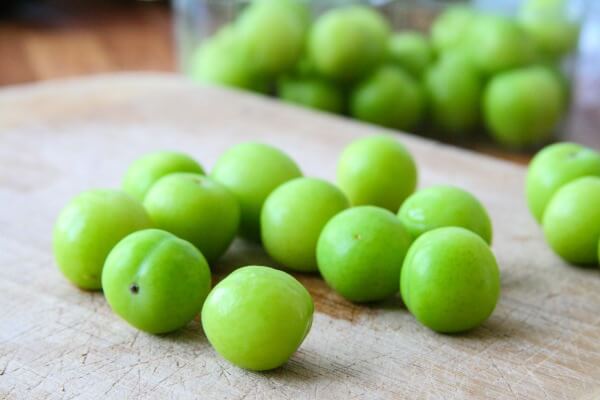
Firm and sharply sour when unripe, these plums are often used in pickles, sauces, or salted snacks across various cuisines. As they ripen, they mellow into sweetness.
15. Loquats
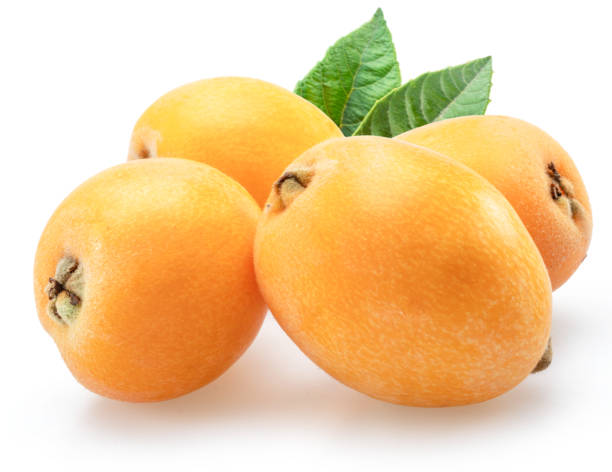
These golden-orange fruits offer a tangy-sweet flavor with subtle citrus notes. Juicy and slightly tart, they are often enjoyed fresh or made into jams.
16. Acerola (Barbados Cherry)

Exceptionally rich in vitamin C, acerola has a bold tartness that’s almost citrusy. It’s commonly juiced or used in supplements rather than eaten raw due to its intense sourness.
17. Sea Buckthorn Berries
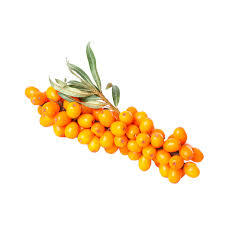
These bright orange berries are incredibly sour, with a strong citrus-pineapple flavor. Often turned into juice or oil for health benefits, they’re rarely eaten raw.
18. Bilberries

Wild relatives of blueberries, bilberries are darker, more acidic, and more intensely flavored. They have a rich tartness that’s excellent for preserves and baked goods.
19. Lingonberries
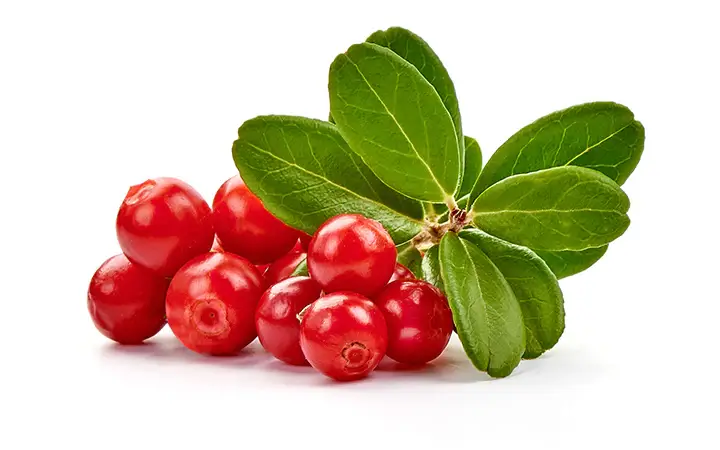
Popular in Scandinavian cuisine, lingonberries are small, red, and quite tart. They’re typically cooked into jams or sauces to balance their sharp bite.
20. Goji Berries (Fresh)
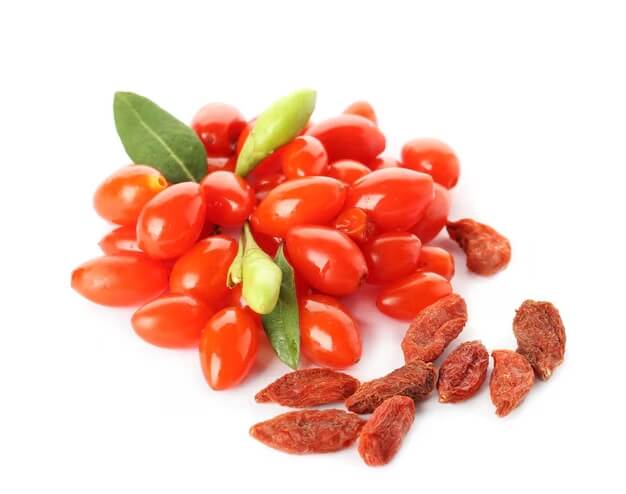
While dried goji berries are sweet, the fresh version is mildly tart with a slightly bitter edge. They’re less common but have a distinct sourness when raw.
21. Sour Orange (Seville Orange)
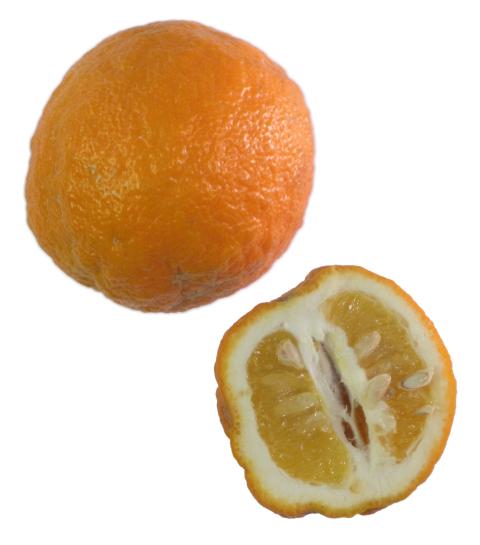
Too tart and bitter to enjoy raw, sour oranges are prized for marmalades, marinades, and sauces. Their bold acidity adds depth to savory dishes.
22. Carambola (Star Fruit)
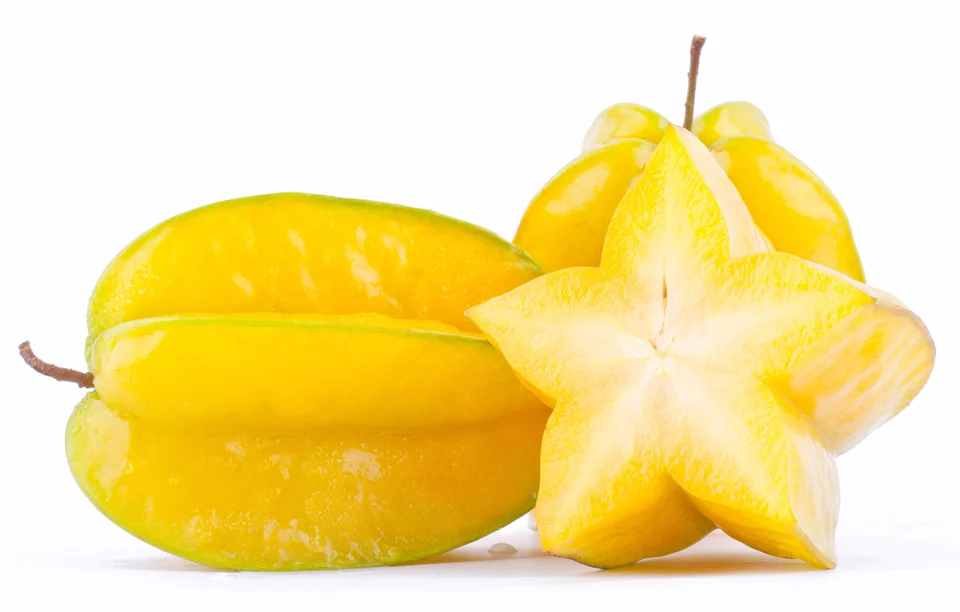
This star-shaped fruit is tart when unripe, with a light citrus flavor. It becomes milder and sweeter as it ripens but always retains a refreshing tang.
23. Yumberry (Yangmei)
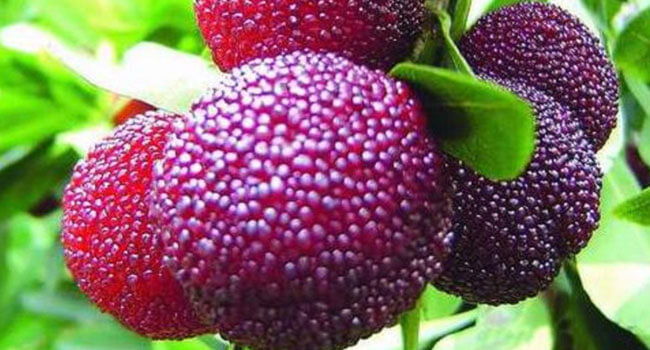
Native to China, this juicy fruit has a sweet-tart taste reminiscent of raspberries and cranberries. It’s often eaten fresh or made into juice.
24. Kumquats
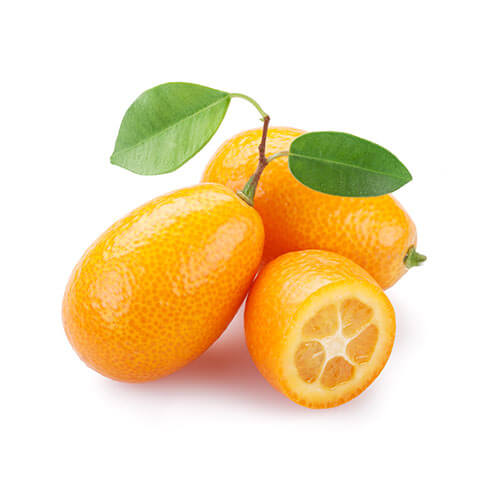
Unique among citrus fruits, kumquats have edible sweet skins and sour pulp. The contrast creates a tangy burst when eaten whole.
25. Barberries
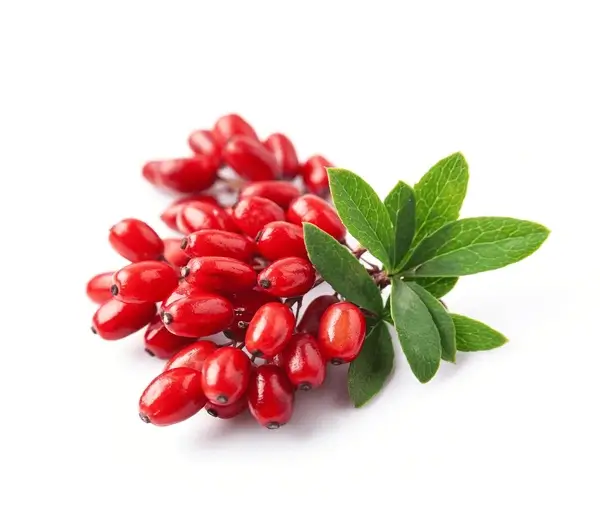
Tiny, vibrant red berries with an intense sour flavor, barberries are staples in Persian rice dishes. Their sharpness adds brightness to savory meals.
26. Ugli Fruit
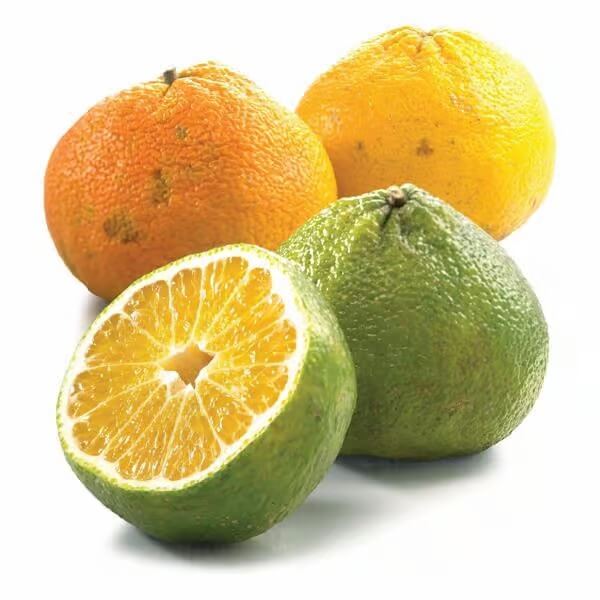
A hybrid of grapefruit, tangerine, and orange, the ugli fruit has a tangy, zesty flavor. Its juicy flesh is pleasantly sour with a citrus sweetness.
27. Finger Lime

Known as “citrus caviar,” finger limes contain tiny, tart juice pearls. The tangy vesicles are used to garnish seafood, desserts, and cocktails.
28. Feijoa (Pineapple Guava)
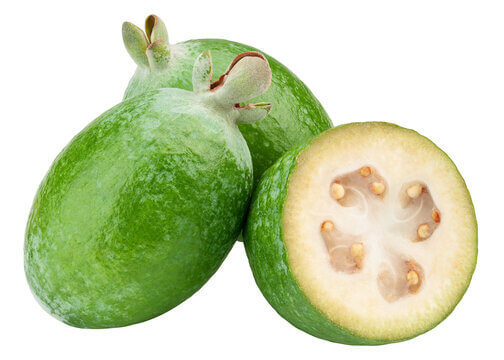
Feijoa has a perfumed aroma and a tart-sweet flavor reminiscent of pineapple and mint. The gritty, juicy flesh is eaten with a spoon when ripe.
29. Soursop (Graviola)
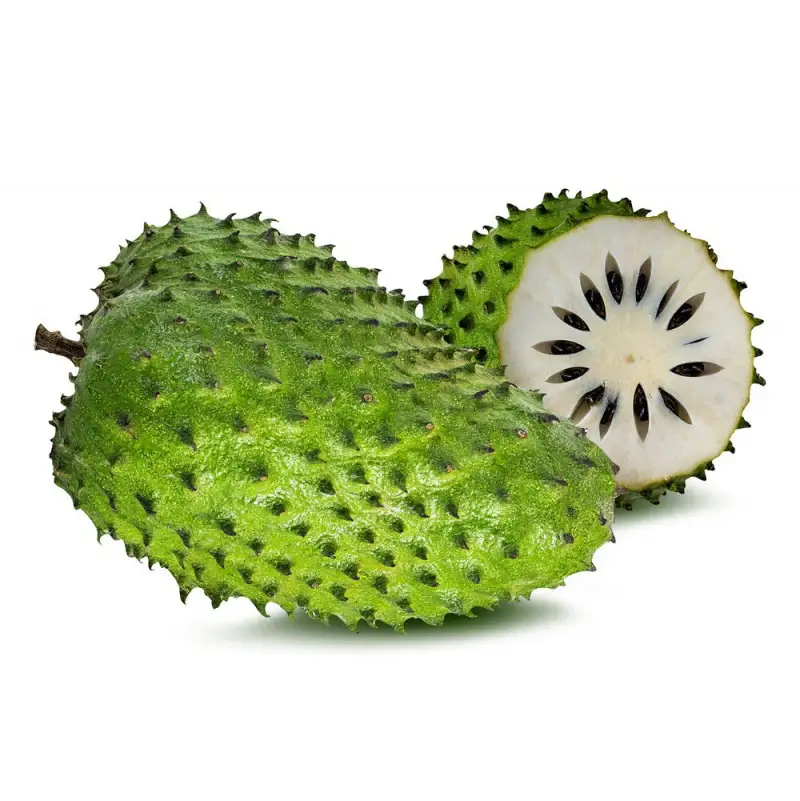
Soursop is a tropical fruit with creamy pulp that balances tart and sweet flavors. It’s commonly blended into drinks and smoothies for its refreshing tang.
30. Tamarillo (Tree Tomato)
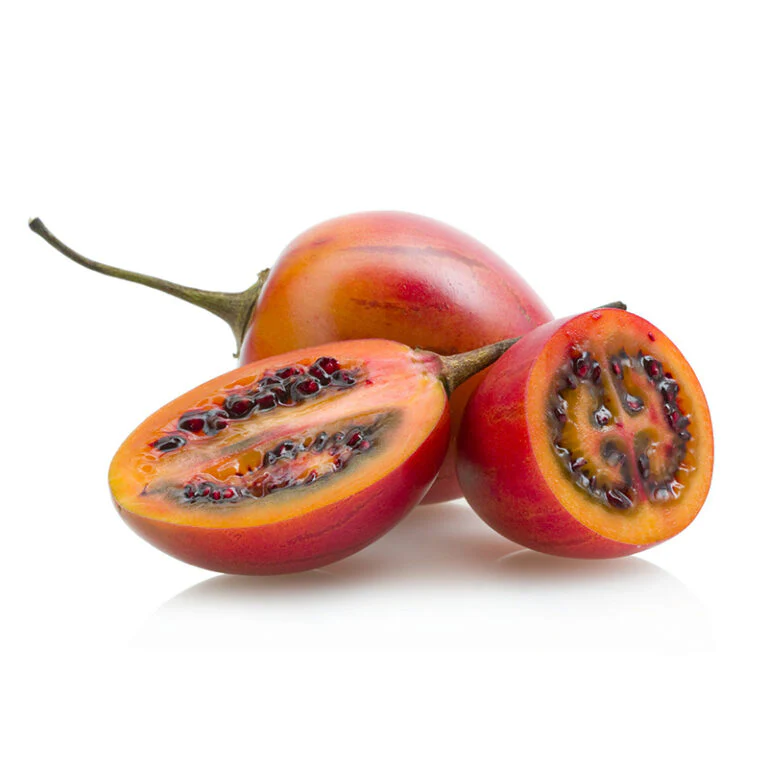
An egg-shaped fruit with a bold, tangy flavor similar to passion fruit and tomato. Its pulp is distinctly tart and often scooped out and sweetened or used in chutneys and sauces.
31. Bilimbi
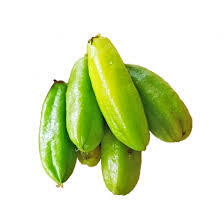
A cucumber-shaped tropical fruit with extremely sour, juicy flesh. Often used in curries, pickles, and as a natural souring agent in Southeast Asian cuisine.
32. Amla (Indian Gooseberry)
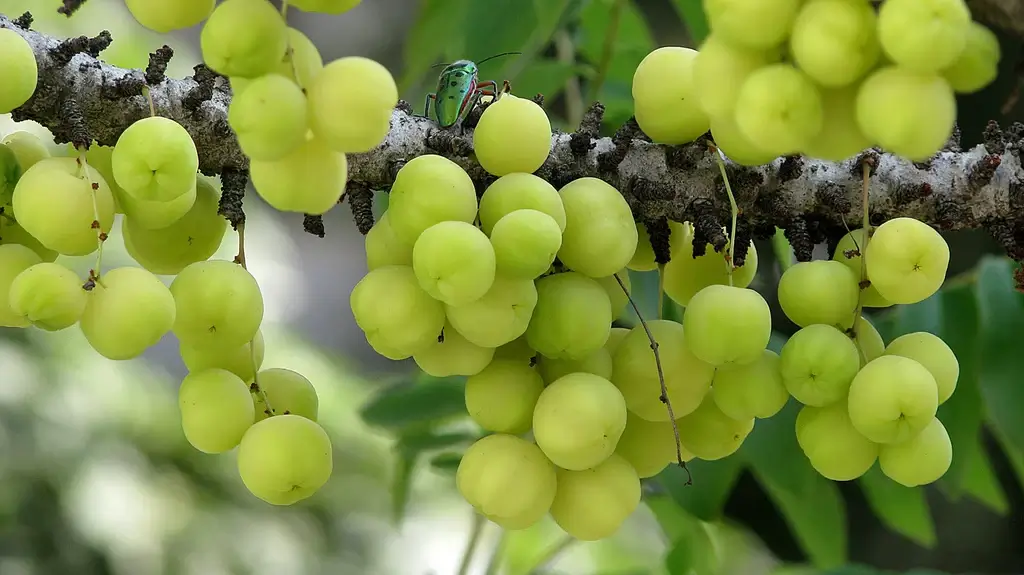
Small, green, and intensely astringent. Rich in vitamin C, it’s used in traditional Ayurvedic remedies and often dried, pickled, or juiced.
33. Santol
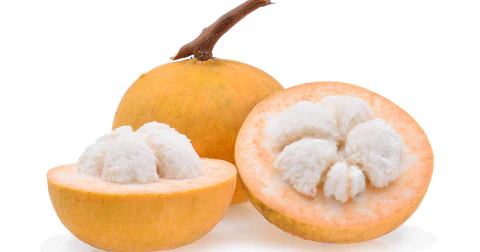
A round fruit with a thick, yellowish rind and soft, white flesh that ranges from mildly sweet to sharply sour, especially when underripe.
34. Kiwi
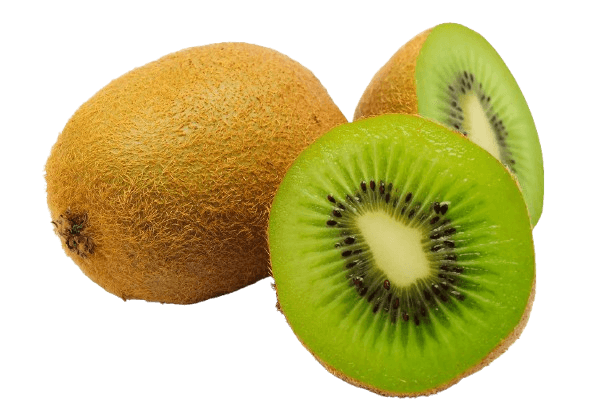
Brown and fuzzy on the outside with bright green, tart-sweet flesh inside. Its zesty flavor and refreshing acidity make it popular in fruit salads and desserts.
35. Quince
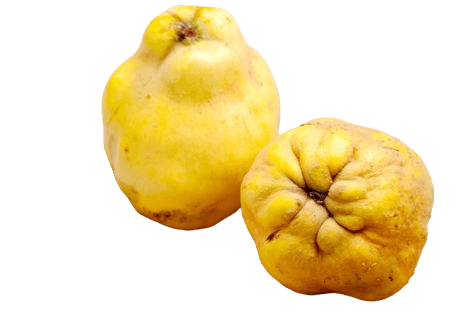
A firm, yellow fruit with astringent raw flesh that mellows when cooked, turning soft and aromatic with a floral tartness. Commonly used in jams and pastes.
36. Pomelo
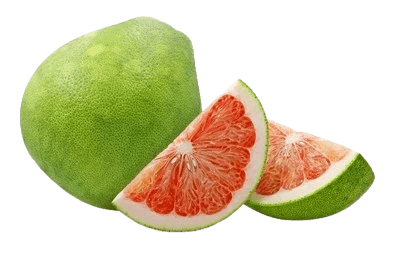
The largest citrus fruit, with thick rind and pale, juicy segments that range from mildly sweet to pleasantly tart. Less bitter than grapefruit but still zesty.
37. Tayberry
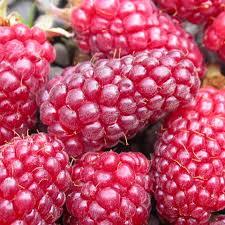
A hybrid of raspberry and blackberry with deep red color and a tart, wine-like flavor. Juicy and flavorful, perfect for preserves and pies.
38. Tangelo
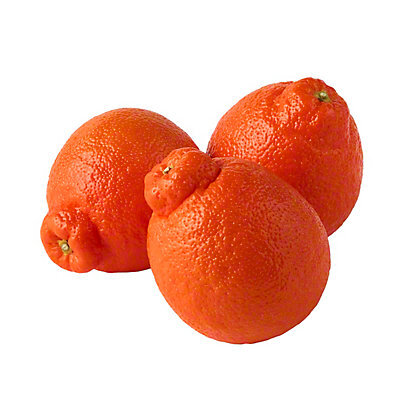
A citrus hybrid of tangerine and pomelo or grapefruit. Juicy with a tangy punch that balances sweetness and sourness.
39. Japanese Ume (Umeboshi)
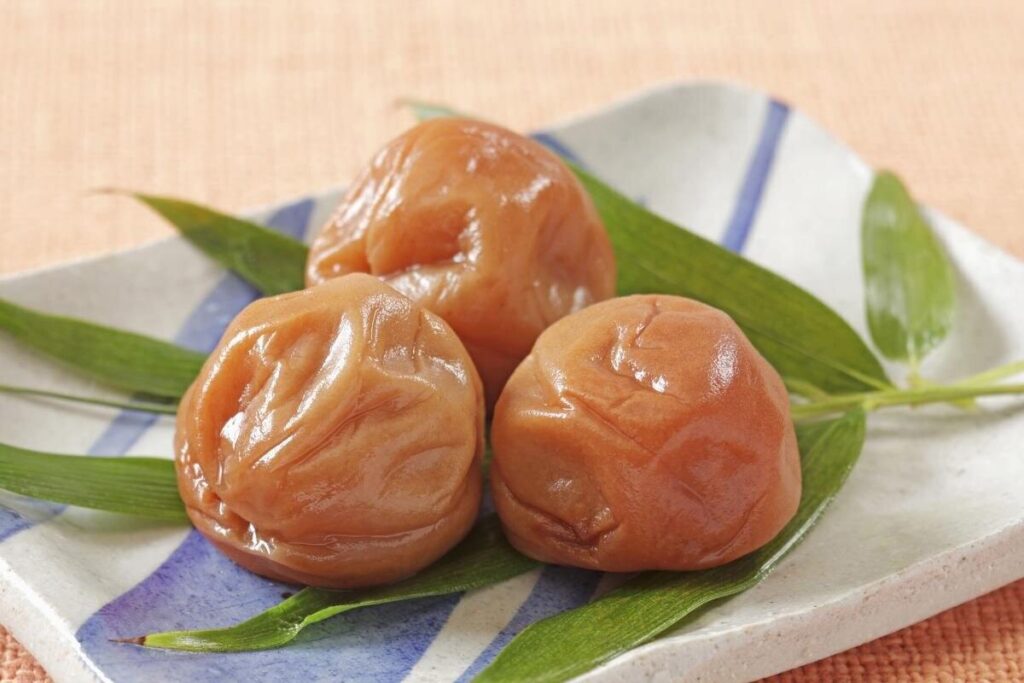
A very sour Japanese plum traditionally pickled and salted into “umeboshi.” Intensely tart and salty, often served with rice or used for flavoring.
40. Yuzu
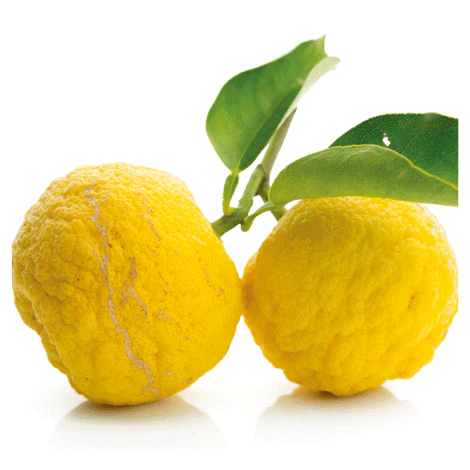
A fragrant East Asian citrus fruit with thick skin and tart juice. Too sour to eat raw, it’s prized for its aromatic zest and sharp flavor in sauces and drinks.
